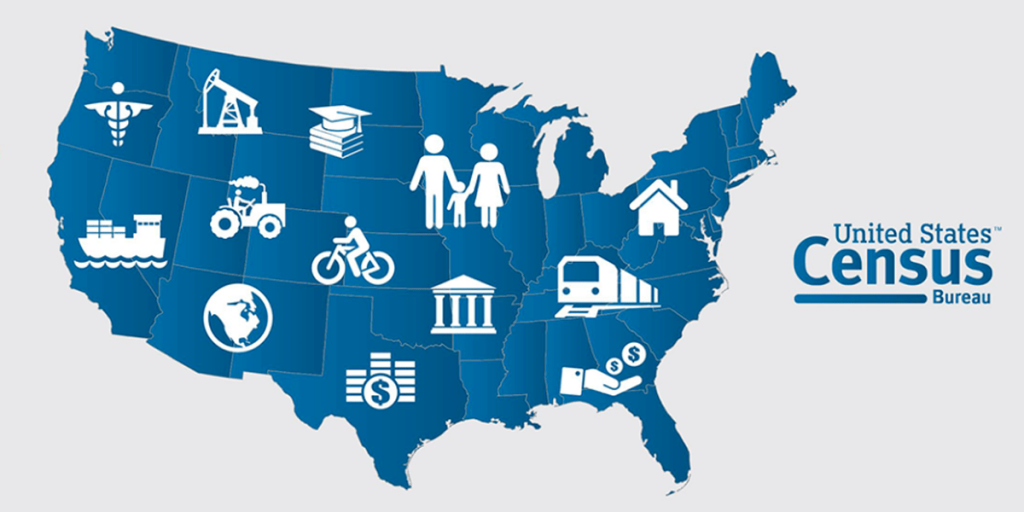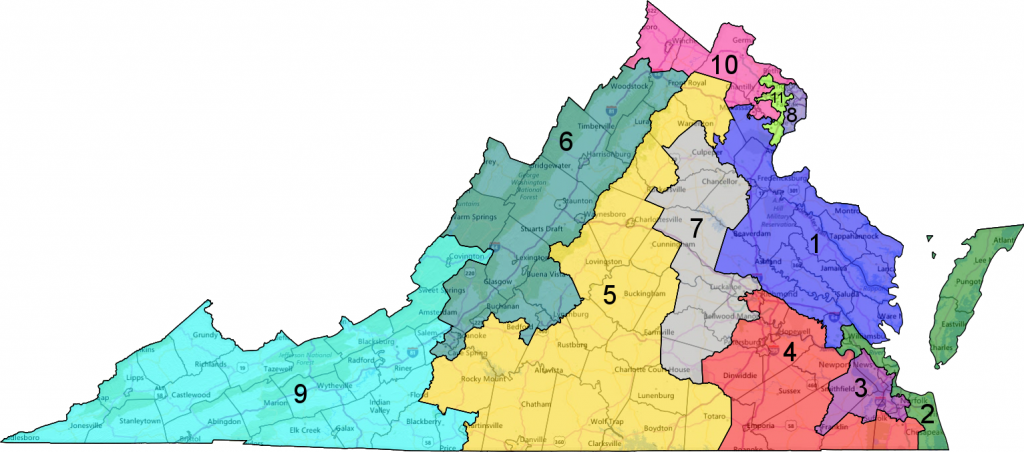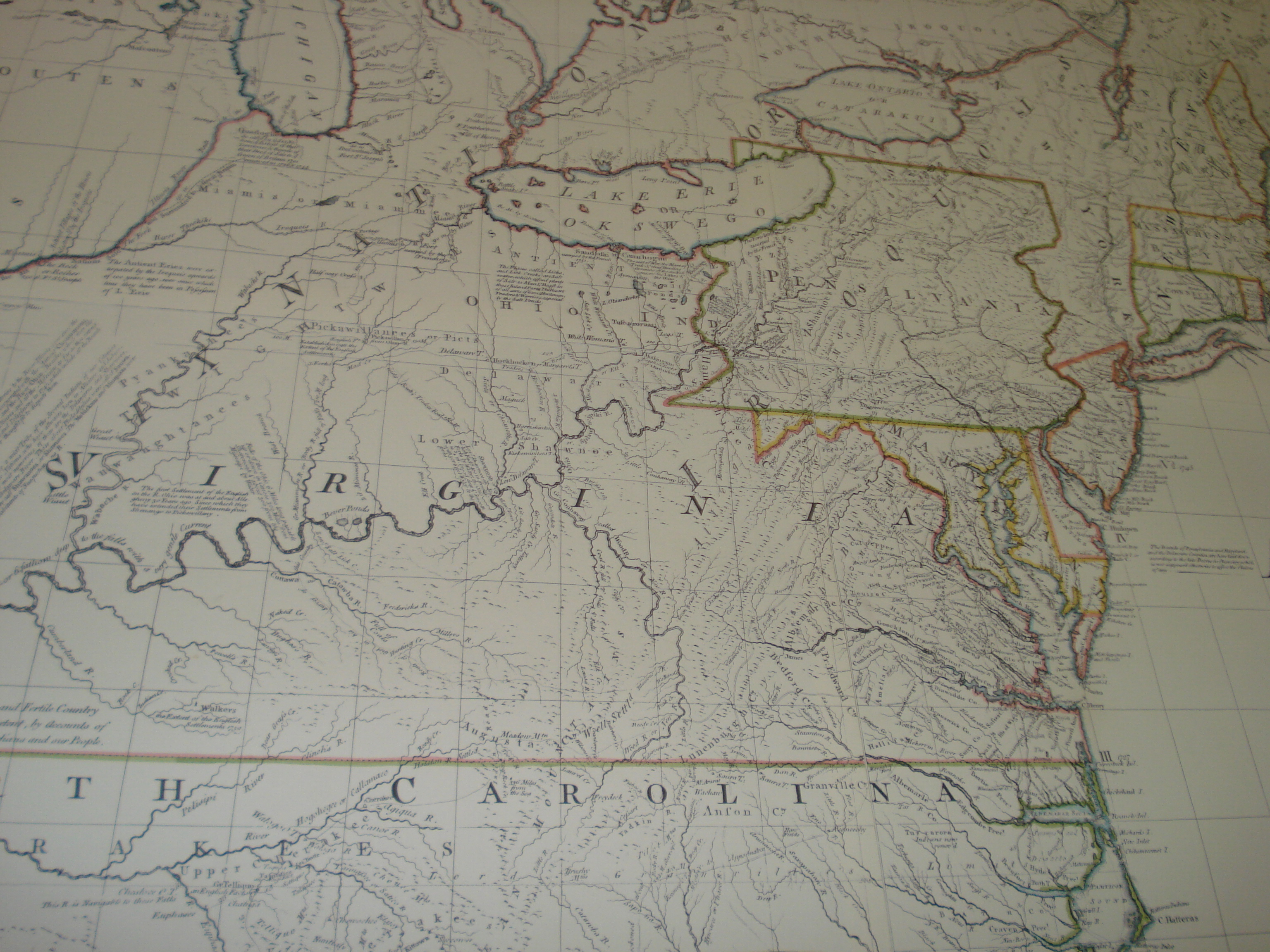Misconceptions about the Census
Despite the importance of the decennial census, its scope, purpose, and constitutional foundation are not widely understood. Recently, the Census Bureau conducted the 2020 Census Barriers, Attitudes, and Motivators Study (CBAMS), which found that two-thirds of the U.S. population have only a cursory knowledge of the census. This unfamiliarity with how the census works is […]







